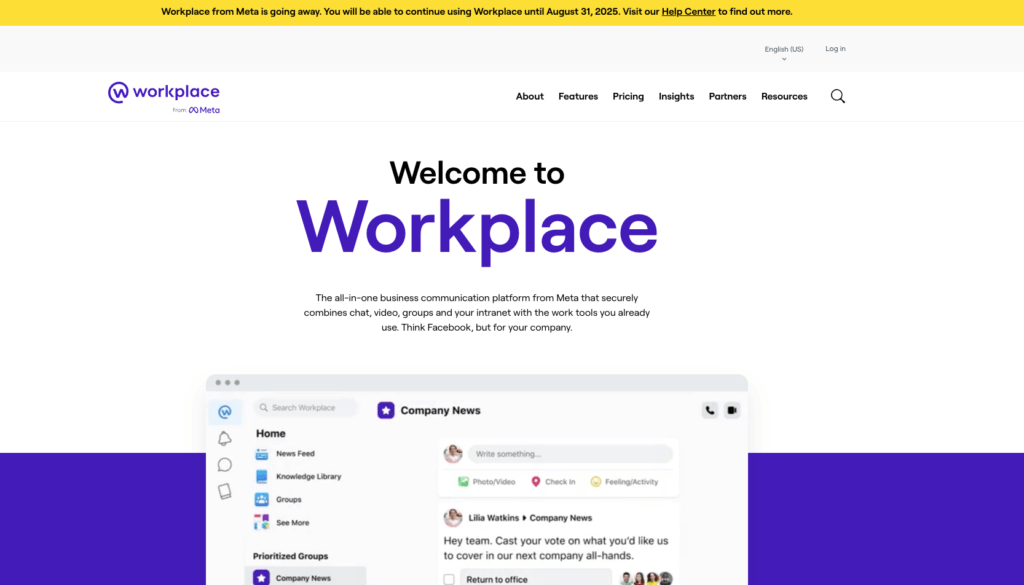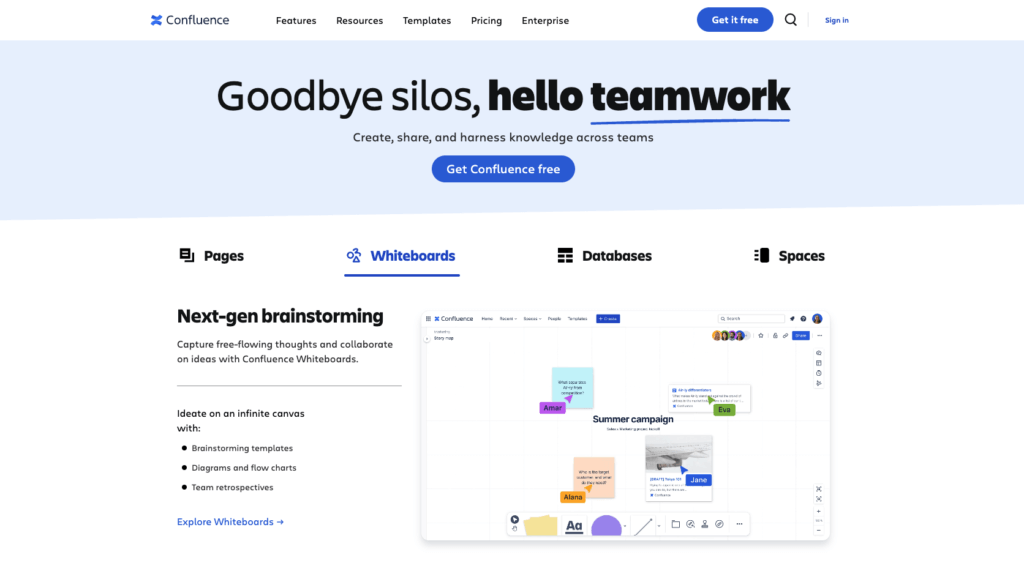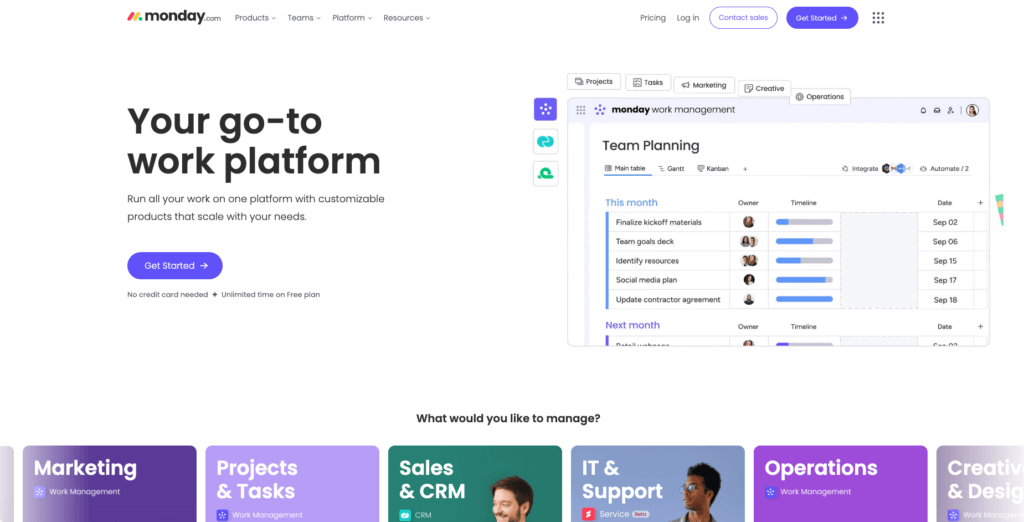Choosing the right intranet software for your company is a crucial decision that can significantly impact your team’s productivity and communication.
In this article, we’ll explore what intranet software does, why your company needs it, the top 10 options available today, and how to choose the best one for your needs. Let’s dive in!
What is intranet software?
Intranet software is a private network accessible only to an organization’s staff. It’s designed to facilitate communication, collaboration, and the sharing of information within a company. Think of it as your company’s internal hub where employees can access documents, share updates, and collaborate on projects seamlessly.
What does intranet software do?
At its core, intranet software serves as an internal network that facilitates communication and collaboration within an organization. Here are some key functions:
- Centralized Communication: It acts as a hub for company announcements, updates, and important information.
- Document Management: Allows for easy storage and retrieval of documents.
- Collaboration Tools: Features like chat rooms, forums, and project management tools help teams work together more efficiently.
- Employee Directory: A searchable directory of employees makes it easy to find contact information and organizational roles.
- Task Management: Helps in assigning tasks and tracking progress.
- Social Features: Many modern intranets include social features like activity feeds and recognition systems to foster a sense of community.
Why you need an Intranet?
- Improved Communication: Intranet software centralizes communication, making it easier for employees to stay updated with company news, events, and important announcements.
- Enhanced Collaboration: It provides tools like chat, forums, and collaborative document editing, allowing teams to work together more efficiently.
- Streamlined Processes: Features like task management, workflow automation, and employee directories help streamline daily operations.
- Knowledge Management: An intranet serves as a repository for company knowledge, ensuring that important information is easily accessible to everyone.
- Employee Engagement: It can boost morale and engagement by fostering a sense of community and making it easier for employees to connect.
According to a recent survey by Deloitte, companies with high employee engagement are 21% more profitable, and a well-implemented intranet can significantly contribute to that engagement.
Top 12 intranet software options
1. Whale

Whale is an AI-powered documentation and search tool that connects teams to the apps in which they work to give instant answers while effortlessly centralizing that collective knowledge into centralized knowledge base.
It is the fastest way to get your team aligned. An an intranet option, it offers the chance for teams to stay connected whenever and whereever.
- Features: Contextual guidance, user feedback, and knowledge sharing.
- Pros: Easy to implement, enhances user onboarding and training.
- Cons: More focused on user engagement and training.
2. Guru

Guru offers a modern employee intranet, along with enterprise AI search and wiki capabilities.
- Features: Knowledge management, AI-powered suggestions, browser extension.
- Pros: Easy access to information, integrates with other tools.
- Cons: Primarily focused on knowledge management.
3. Happeo

Happeo is an intranet software platform that helps teams manage knowledge sharing and internal communications in a unified workspace.
- Features: Social intranet, content management, integration with Google Workspace.
- Pros: Easy to use, integrates well with Google apps.
- Cons: Limited features outside Google Workspace.
4. Microsoft Sharepoint

Sharepoint is a static, web-based intranet platform that integrates with Microsoft Office. It’s more of a document holding space than it is an Intranet.
- Features: Document management, collaboration tools, customizable workflows.
- Pros: Integration with Microsoft Office, robust security features.
- Cons: Can be complex to set up and manage.
5. Workplace by Facebook/Meta

Workplace from Meta uses tools your team is already familiar with (like Facebook groups, Messenger, and video conferencing) to power an online collaboration platform for larger organizations.
BUT don’t get too excited because Meta recently announced they are closing Workplace by 2026. Ouch! 😵💫
- Features: Social networking tools, collaboration features, live video.
- Pros: Familiar interface, strong communication tools.
- Cons: Limited customization options.
6. Confluence

Confluence by Atlassian is a powerful platform designed to help teams collaborate and manage knowledge effectively.
- Features: Knowledge management, collaborative editing, task management.
- Pros: Excellent for documentation and collaboration.
- Cons: Can be expensive for larger teams.
7. Igloo

8. Simplrr

9. Noodle

Noodle is a comprehensive suite of tools, enabling users to post ideas, create and share content, manage schedules, and conduct video calls, all within a single, secure site.
- Features: Social intranet, with added communication.
- Pros: Product is not too intense with a very helpful customer support team.
- Cons: Sometimes, the formatting is lost when text is copied from other applications.
10. Monday.com

Monday.com is a highly customizable project management tool that also serves as an effective intranet solution.
- Features: Project management, workflow automation, collaboration tools.
- Pros: Highly customizable, great for project tracking.
- Cons: Less focused on traditional intranet features.
11. Workvivo

12. Connecteam

Connecteam is a mobile-first employee management platform tailored for deskless workers.
- Features: Task management, time tracking, communication tools.
- Pros: Mobile-friendly, excellent for remote or field workers.
- Cons: Limited features for traditional office settings.

How to choose the best intranet software?
- Identify Your Needs: Determine the specific features your organization requires. Do you need strong document management, robust communication tools, or project management capabilities?
- Consider Integration: Look for software that integrates well with the tools your company already uses (e.g., Microsoft Office, Google Workspace).
- Ease of Use: The software should be user-friendly to ensure high adoption rates among employees.
- Scalability: Choose a solution that can grow with your company. Consider the number of users and potential future needs.
- Cost: Evaluate the pricing structure and ensure it fits within your budget. Some software offers free tiers or trials, which can be useful for testing.
- Security: Ensure the software has robust security features to protect your company’s data.
- Support and Training: Look for vendors that offer comprehensive support and training to help your team get the most out of the software.
Features to consider for your intranet
Does your intranet provider offer;
- A mobile application
- An organization chart
- The option to include a people directory
- Document management
- Rich media
- Custom branding
- Search functionality
- Centralized content management
- Analytics
- Customer support
- Integrations
Bottom line?
Choosing the right intranet software can transform the way your company operates, fostering better communication, collaboration, and overall productivity. Take the time to evaluate your options, consider your specific needs, and choose a solution that will support your company’s growth and success.
Got questions on your mind?
Book a demo with our team today!
FAQs on Intranet Software
What is Intranet software?
An intranet software allows companies to build a private, secure network that can only be accessed by that company’s employees.
What information should be on our intranet?
A valuable intranet may include essential elements such as news, people directory, company documentation, or search capabilities.







